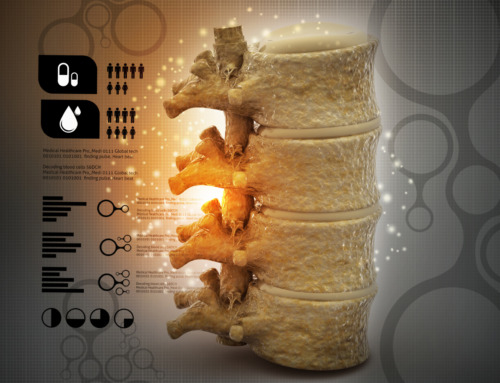Perhaps you are looking for an effective method to treat a spine condition. However, the mention of back surgery is not that appealing, is it? The good news is, with the current technological advancements in the field of medicine, you can undergo a minimally invasive spinal procedure to alleviate your pain.
In a minimally-invasive spinal procedure, microsized instruments or needles are used to access the affected area and viewed in real-time X-ray images by the surgeon or injection specialist performing the procedure.
Depending on your condition or pathology, there are different options for this type of procedure available. At First State Spine, we can recommend options and alternatives to spinal surgery that can address your pain.
Lower Back Pain Treatments
1. Minimally-Invasive Spinal Fusion
Utilizing focused X-Ray, the surgeon can remove spinal discs between vertebrae through a minimally-invasive approach. It may be necessary to implant metal plates and screws or use a bone graft to fuse the two adjacent vertebrae. A Spinal Fusion can effectively treat several painful conditions such as degenerative disc disease, traumatic fractures, spinal instability, and more.
2. Orthobiologic Procedures
This procedure utilizes your own blood or bone marrow aspirate to treat intervertebral disc disease, annular tears, facet disease, and nerve pathology. A small amount of blood or bone marrow aspirate is withdrawn and concentrated utilizing FDA-approved equipment. This concentrate can then be injected into the painful area to help reduce inflammation and heal damaged tissue.
3. Artificial Disc Replacement
Instead of spinal fusion, the surgeon can use an artificial disc replacement procedure to treat severely damaged discs. It involves removing discs and replacing them with an artificial one to restore the vertebrae’s height and motion.
4. Spinal Stenosis Decompression
Spinal stenosis occurs typically when obstructions such as bone spurs or ligament thickening lead to narrowing the spinal canal. This narrowing of the spinal canal can lead to pain, weakness, or numbness, and decrease your ability to walk a long distance. In spinal decompression, your surgeon aims to expand the spinal column to eliminate any obstructions and release pressure on the nerves. Depending on the severity of the stenosis, most patients are able to go home the same evening and resume normal light activity within 1 week.
5. Discectomy
A herniated disc is the leading cause of compression on spinal nerves. A compressed nerve can cause leg pain, numbness, or weakness. A Microdiscectomy and spinal decompressions described above go together to eliminate the pressure caused by a herniated disc. In a minimally-invasive discectomy, the surgeon removes the herniated disc, which relieves pressure on the spinal cord or nerve root. This type of surgery typically requires only a 1-inch incision and is usually performed in an outpatient surgery center.
6. Spinal Injection Procedures
There are many types of spinal injection procedures that can help alleviate back and neck pain. In addition, specific injections focused on compressed nerve roots can relieve pain radiating to the arms or legs. These types of injections focus on the cause of the pain by treating the joints, nerves, and ligaments in the back or neck. The physicians at First State Spine have extensive experience in spinal injection procedures, performing over 7,000 injections per year.
Seek Assistance Today!
Minimally invasive procedures are new and more effective ways to treat spine conditions while reducing risk and allowing quicker recovery. Contact First State Spine today to schedule a comprehensive evaluation with our experienced spinal specialist.






